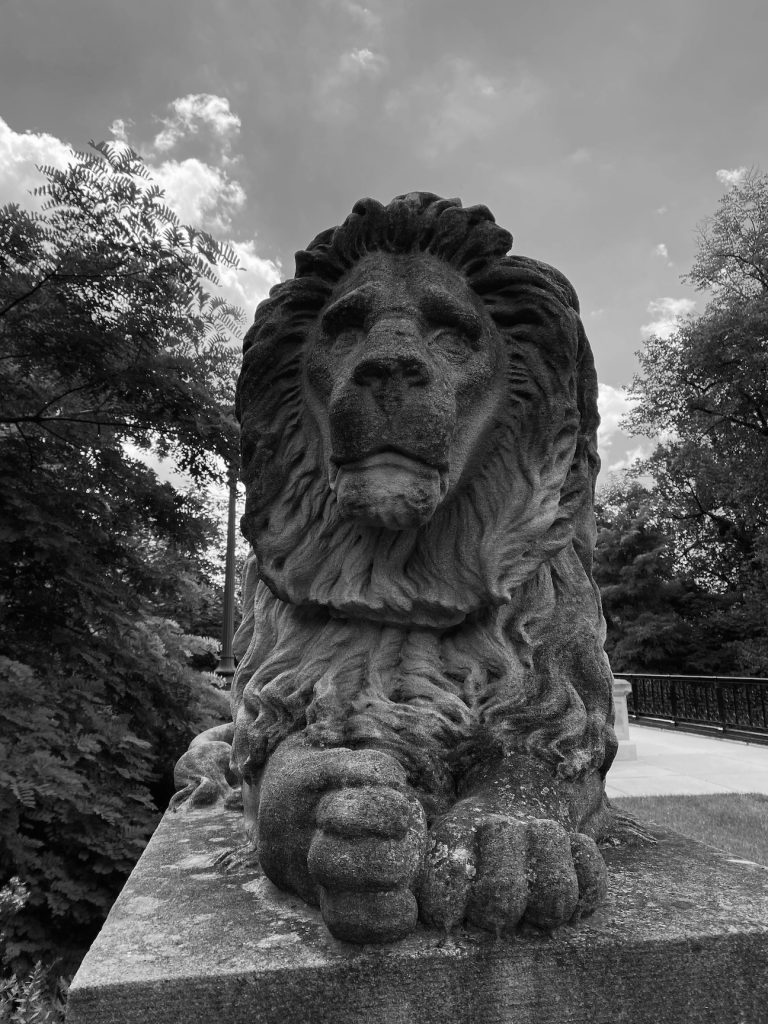Note: “Coming Home to Myself” is a collection of vignettes in seven parts. Below you’ll find Part Five: River. I wrote these articles as a way of coming to terms with major life transitions, with the hope that these words may inspire those of you who are finding your path and defining what it means to be your authentic self.
The work involved in achieving personal growth can be difficult and lonely, but you aren’t alone and you will get through each struggle you face. We are all works in progress, and there wouldn’t be progress without the work.
V. River
I once read that our identities are more like a river than a sculpture.
In other words, we don’t remain the same sculpted slab getting weathered and eroded by time—at least if we’re lucky and make a concerted effort to thrive, which takes work.
But some days I do feel like a heavy rock, once shaped and since forgotten. Left in the yard for trash and neighborhood cats to gather around. Left in one place to face the degeneration of sunlight, moisture, and wind.
More than outward decay, though, I fear inward decay.
Like what would happen if I could never escape this spot? What if people only saw me for who I once was, etched now in stone, and not for who I was becoming? Worse yet as I stood frozen on the front yard, they could just stop noticing me. My creator or past admirer might grow tired of my static appearance and decide to discard me.
So, while it’s much more tumultuous, I prefer the self-as-river analogy. We tumble downstream, pulling people and materials with us, heading off to new destinations. There is no staying in place. It’s just not possible because the force of our life will not allow it.
As we get pulled away downstream, there is pain as we look back at the who and the what that we leave behind on the shore. We may wish that we had more time to revel on those river banks. We might not want to get swept away quite yet, or maybe we do, but it still hurts to go.
The merging of mourning with yearning drives our bittersweet movement. It forges our identity by stripping away the parts that threaten to drown us, while calling to the surface the parts that need to emerge in order to stay afloat.
Although we know we can return upstream, we recognize that those places and people will never quite be the same because we will have carried the river in our souls by that point. The journey will transform us. Maybe we can transform others on the way.
“I’ve known rivers ancient as the world and older than the flow of human blood in human veins. / My soul has grown deep like the rivers.”
Langston Hughes, from “The Negro Speaks of Rivers”
One thing is for certain: the feeling of discovery—of arriving at a new place and marveling at its grandeur while wondering what it took to create it exactly as it is—is a peak human experience.
It’s like stepping out of a canoe to admire the emerald river water sparkling in the sun and finding out that hot springs beckon just beyond. I am often awed by the forces that create the landscapes around us, at the tensions and processes that led to their beauty.
Likewise, I believe our inner beauty comes from the confluence of our many tributaries, coming together after their own unique struggles and triumphs. They join together and flow. If we stay open to the natural direction of our lives, the merging of the tributaries ensures that we don’t get stuck at any one point, while still giving meaning to all the points that came before.
I like to think that moving forward I could live an authentic life of arriving again and again, like a series of discoveries, both within the world and within myself.
Like a river going around a bend toward new terrain, I want to flow. I want to feel guided by momentum.
It’s certainly worth trying. And it definitely beats standing still like a sculpture to face the onslaught of the elements.









